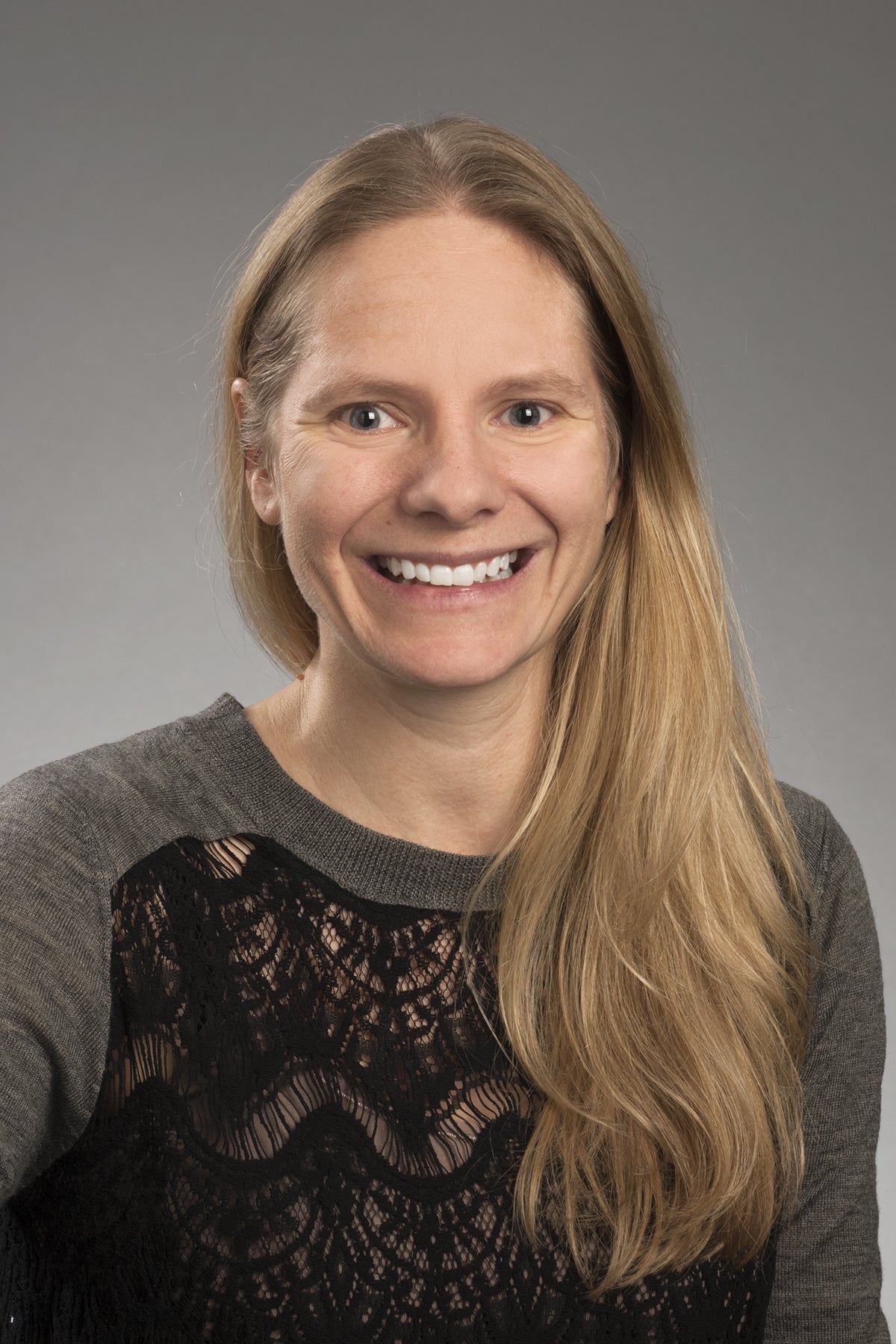
Cynthia Curl, assistant professor in the School of Allied Health Sciences Department of Community and Environmental Health, co-published an article in The Lancet volume 388 number 10045 about her study on this subject.
Curl’s article, “Association between Air Pollution and Coronary Artery Calcification within Six Metropolitan Areas in the USA (the Multi-Ethnic Study of Atherosclerosis and Air Pollution): a longitudinal cohort study” aimed to understand whether exposure to air pollution over long periods of time leads to a buildup of calcium in the coronary artery and/or a thickening of the carotid artery walls, both of which are indicators of the development of heart disease.
The primary aim was to examine the association between both progression of coronary artery calcium and the measurement of the thickness between the innermost two layers of the wall of the carotid artery in people who had long-term exposure to ambient air pollutant concentrations. Factors were adjusted for baseline age, sex, ethnicity, socioeconomic characteristics, cardiovascular risk factors, site, and CT scanner technology.
Curl found that in most people, coronary calcium increased on average by 24 Agatston units per year, and intima-media thickness by 12 micrometers per year. After adjusting for risk factors or air pollutant exposures in the test subjects, increased concentrations of traffic-related air pollution within metropolitan areas, in ranges commonly encountered worldwide, are associated with progression in coronary calcification, consistent with acceleration of atherosclerosis (a disease of the arteries characterized by the deposition of plaques of fatty material on their inner walls). This study supports the case for global efforts of pollution reduction in prevention of cardiovascular diseases.
Curl earned her Ph.D. in Environmental and Occupational Health Sciences from the University of Washington in 2014, and her M.S. from the same program in 2000. She earned her B.A. in Chemistry from Swarthmore College in Swarthmore, Pennsylvania in 1998. Curl joined Boise State University in the spring of 2015 as an assistant professor after spending eight years as the project manager for the Multi-Ethnic Study of Atherosclerosis and Air Pollution at the University of Washington. Prior to that position, Curl worked in academia as a researcher for the Pacific Northwest Agricultural Safety and Health Center at the University of Washington. She also spent time working in both the private and non-profit sectors as an environmental consultant and as a researcher.
This is the most high-impact journal in which Curl has published to date. Read the article here.